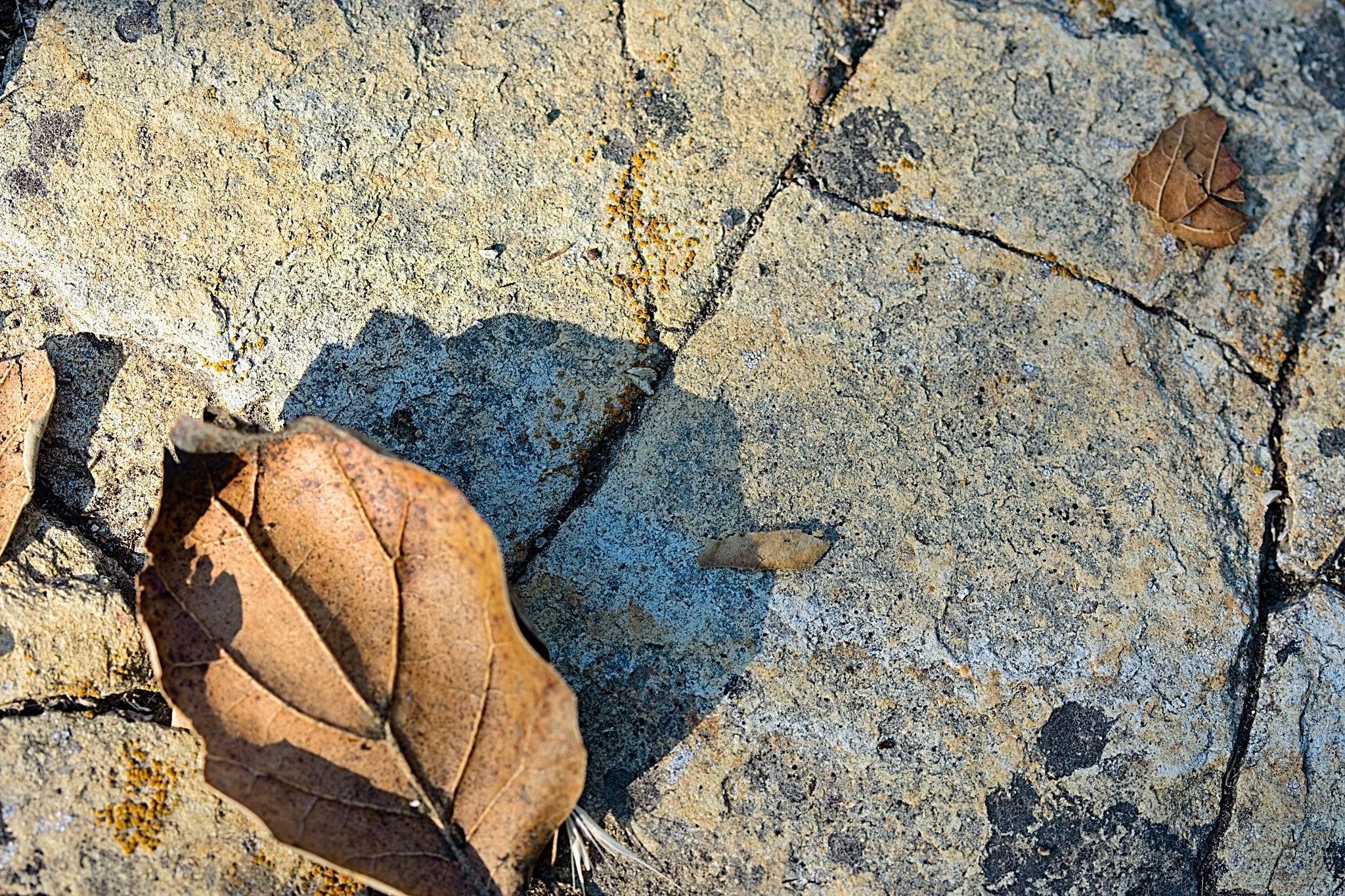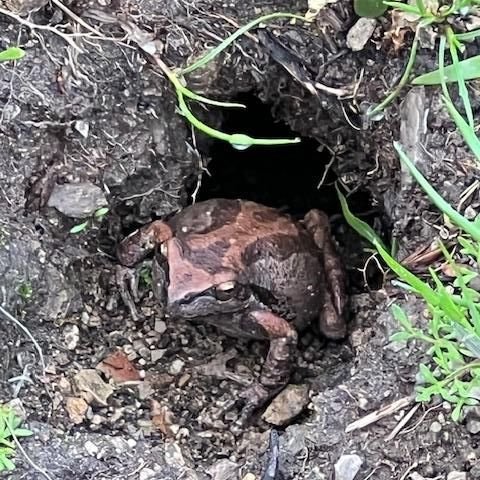~ Stephanie Ervin recalls the respect from those who knew her…
My life overlapped with Agnes for 11 years. My father Sam Ervin had a close relationship with her starting in 1968. While I only have a few clear memories of her, I’ve realized that she has influenced me for life.
Only recently, I have seen how important it has been for me to hear men speak about Agnes with tremendous respect and care. Hearing this has been powerful.
Agnes looked after and tended Meher Mount in her own way. Her ferocity, passion, and devotion was matched only by her environment. When I look at Agnes Baron I see a woman who lived life on her own terms. She valued her independence. She never married, never had children, and did whatever she could to help others.
She didn't compromise her morals or her values and persisted until she found a spiritual teacher — Avatar Meher Baba — whom she felt embodied her beliefs and values.
In honor of International Women’s Day, these are some reflections about Agnes by some of the men who knew her, cared for her, and were inspired by her.
~Ken Ceder: “Agnes could tune in to what the person needed.”
In my experience Agnes was tough, even fighting the local oil companies that were abusing land rights, but she had a softer side. When certain people visited, under circumstances that I didn’t realize, she would be gentle and treat them with kid gloves. Agnes could tune in to what that person needed.
I met Agnes in the late 1980s and was not into caregiving. I find it curious that I ended up caring for her with my brother Len until her passing in 1994.
One of my tasks was doing her laundry. One day she said, I have something important to tell you. I thought, “Oh, she’s going to tell me how special I am for taking care of her,” and I awaited her praise.
She said, “Now, don’t let this go to your head, but you do good laundry.”
My ego went to my knees. She not only had a great sense of humor, but she also knew exactly how to chip away at my big ego or as she used to say, “Chop me down!”
You see I didn’t iron clothes. But when I took them out of the laundry and while the clothes were still warm, I hand pressed them and very carefully folded them. That’s why she liked the way I did the laundry.
~Larry Pesta: “One of my most important spiritual teachers… “
The ‘New Life’ Fire in Ojai happened on Monday, October 14, 1985. I attempted to call Agnes Baron that day, but to no avail. Then, I heard the news from friends that Meher Mount had indeed been destroyed.
The following weekend, I flew down to Los Angeles and drove to Ojai to visit Agnes personally and make sure that she was well. Agnes appeared quite composed and peaceful.
She was interested in showing me the burned out remains of Meher Mount, and we drove up the mountain together. We walked around the property for quite awhile which was still smoldering from the fire. Mostly everything was destroyed.
Walking out near the tree under which Meher Baba once sat on His famous visit, I felt really sorry for Agnes and her situation. I said, “This must be horrible for you.”
She looked at me and said, “The important question for you to ask is this. Tell me. Could you handle this? I've been burned out. The important question is will you allow Meher Baba to burn you out as well if necessary?”
I immediately realized that I was not just visiting someone who had lost everything in a fire. I was standing face-to-face with one of my most important spiritual teachers in this lifetime. She was not talking about physical fire but spiritual fire.
~Ray Johnston: “An authentic love and extraordinary commitment…”
In the photo above I am struck most by Agnes' legs. Battered and torn from the tough living and working environment at Meher Mount all those years.
I still have the scars on my legs from years of cuts, bites, scrapes and stickers received as a caretaker at Meher Mount. I was always in awe of how she did it for so many years!
I know how the privilege of a deep relationship with Meher Mount often comes with the demand for blood, sweat and tears.
Agnes Baron possessed an authentic love and extraordinary commitment to the essence and place that is Meher Mount.




















